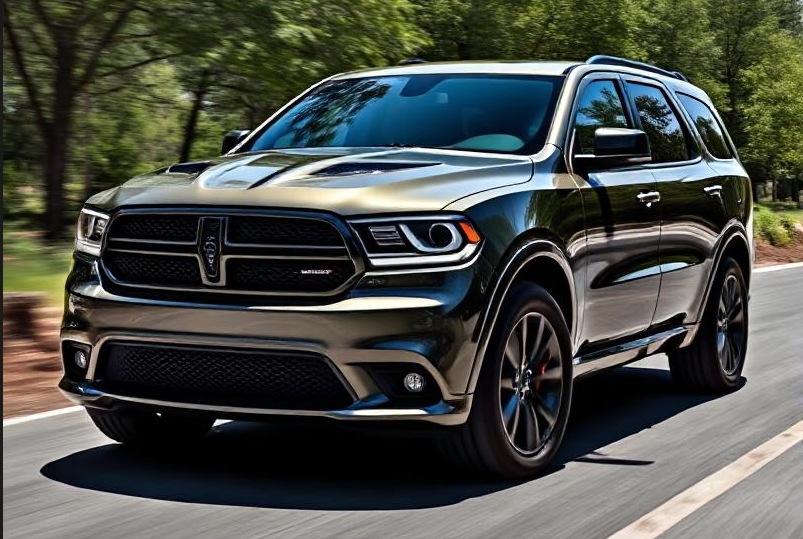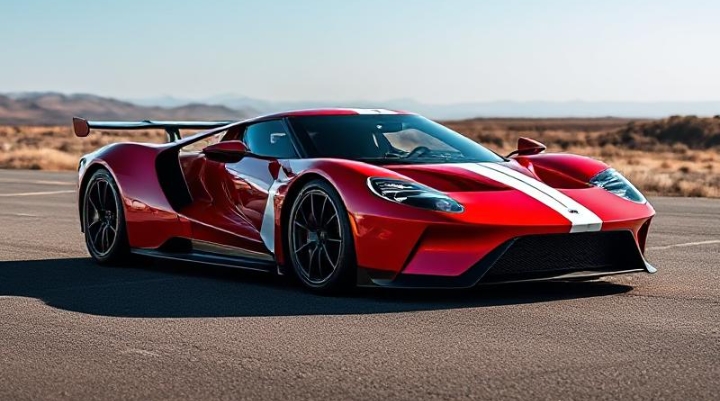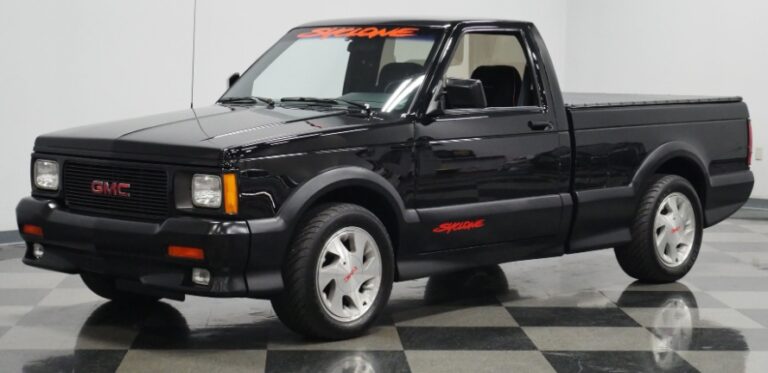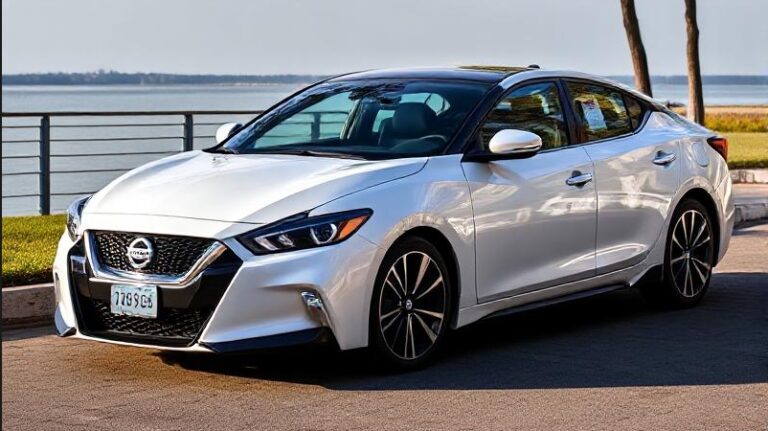The Evolution of the Dodge Durango: A Comprehensive Overview
The Dodge Durango, a mid-size SUV that blends power, utility, and comfort, has undergone significant evolution since its inception in 1998. Initially released as a 1998 model, the Durango has shifted from a rugged body-on-frame construction to a more sophisticated and versatile unibody platform. Over the years, it has seen various generations, upgrades, and trim levels, establishing itself as a mainstay in the American SUV market.
First Generation: 1998-2003
The Dodge Durango made its debut in 1998, positioned as a larger alternative to traditional SUVs like the Dodge Dakota. Based on the same platform as the Dakota pickup truck, the first-generation Durango was characterized by its brawny frame and powerful engine options, which included a 5.2-liter V8 and a more potent 5.9-liter V8 engine. Initially, it was available in two trim levels: the base SLT and the more luxurious SLT+, which featured upgraded amenities and better interior materials.
In 1999, Dodge introduced a third trim level known as the R/T, which highlighted its sportier performance. The 2000 model year saw the introduction of a four-wheel-drive option for those seeking additional off-road capability. This generation remained relatively unchanged until 2003, when production ceased.
Second Generation: 2004-2009
Launched in 2004, the second-generation Durango marked a significant design overhaul. The new model was larger, featured a more refined exterior, and was built on the Chrysler’s SUV platform, enhancing its ride quality. The Durango offered a wider range of engine choices, including a robust 3.7-liter V6, a 4.7-liter V8, and a high-performance 5.7-liter HEMI V8 in the R/T model, elevating the Durango’s sporty credentials.
Trim levels for this generation expanded significantly, with offerings that included the ST, SLT, and R/T. The Durango was praised for its spacious third-row seating and improved safety features, which included advanced airbag systems and a stronger chassis.
Dodge continued to evolve its SUV lineup, introducing the Limited and the Citadel trims towards the end of the production lifecycle. The Limited provided a mix of luxury and practicality, while the Citadel added premium features to compete with upscale brands. Production for the second generation continued until 2009, amidst the backdrop of an economic crisis that led to various restructuring within the Chrysler Group.
Third Generation: 2011-2020
The third generation began with unveiling the new Durango at the 2010 New York International Auto Show, reinvigorating the brand’s sport utility credentials. This model transitioned to a unibody construction, sharing its platform with the Jeep Grand Cherokee. This allowed for improved ride comfort, handling, and fuel efficiency, attracting both traditional SUV buyers and crossover enthusiasts.
Engines options for the 2011 Durango consisted of a 3.6-liter Pentastar V6, delivering respectable power alongside a 5.7-liter HEMI V8 for those craving performance. The 2013 refresh brought enhanced styling, new technology, and additional safety features, solidifying the Durango’s appeal.
Trim offerings during this generation included the Dodge Durango SXT, Crew, R/T, and Citadel. The SXT served as the base trim, while the R/T catered to those looking for sportiness with its performance-oriented features. The top-of-the-line Citadel added premium materials and technology. A notable change was the introduction of the Durango Pursuit trim aimed at law enforcement agencies, showcasing its versatility.
Production for this generation cycled until early 2020, when significant shifts in consumer preferences toward SUVs and crossovers continued to reshape the automotive landscape.
.

.
Fourth Generation: 2021-Present
The fourth generation of the Dodge Durango was officially revealed in early 2020 and is characterized by an aggressive exterior, advanced technology, and a range of powerful engine options. This generation has embraced its performance-minded roots while meeting the demands of family-oriented buyers seeking practicality and comfort.
Engine choices include a standard 3.6-liter Pentastar V6 paired with an 8-speed automatic transmission, and a formidable 5.7-liter HEMI V8. The Durango SRT version, introduced during this generation, highlighted the model’s performance prowess with a 6.4-liter HEMI V8 engine that churns out an impressive 475 horsepower, making it one of the most powerful SUVs in its class.
Trim levels for the fourth generation consist of the SXT, GT, R/T, Citadel, and the high-performance SRT. The SXT remains the base model, while the GT adds performance features and options for a sportier appearance. The R/T appeals to those seeking a balance between performance and family utility, and the Citadel enhances luxury and comfort. The SRT trim is aimed at enthusiasts, showcasing outstanding performance features exemplified by sport-tuned suspension, upgraded brakes, and an aggressive styling package.
Conclusion
The Dodge Durango has evolved remarkably since its inception in 1998. Initially branded as a rugged, truck-based SUV, it has transformed into a versatile and powerful mid-size SUV that caters to diverse consumer needs across generations. The Durango has consistently adapted to market demands and innovations in automotive technology, with each iteration building upon the last.
Today, as the automotive landscape continues to shift, the Dodge Durango stands poised to meet new challenges and consumer preferences while remaining true to its performance-oriented roots. This evolution reflects not only the durability and competitiveness of the Durango itself but also the adaptability and resilience of the Dodge brand within the larger Chrysler portfolio. Whether used for family transportation, off-road adventures, or a high-performance driving experience, the Durango has solidified its place as a prominent contender in the ever-evolving SUV market.







